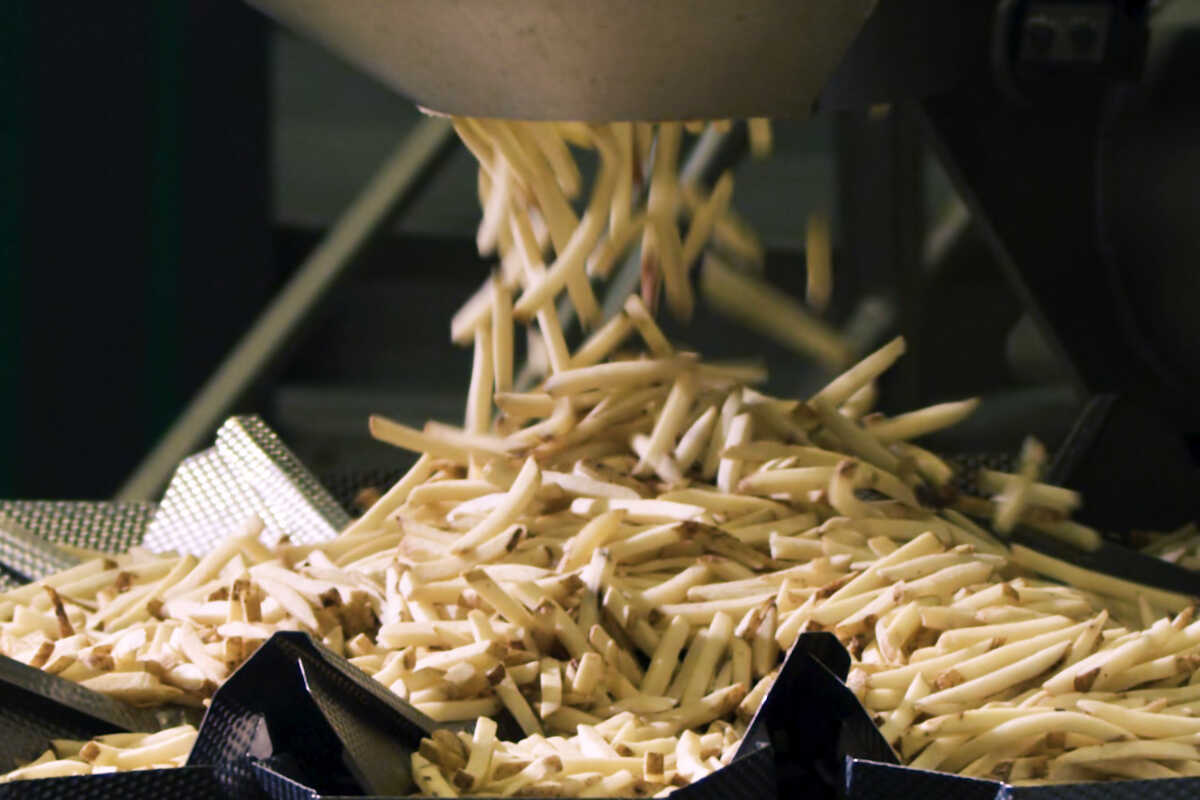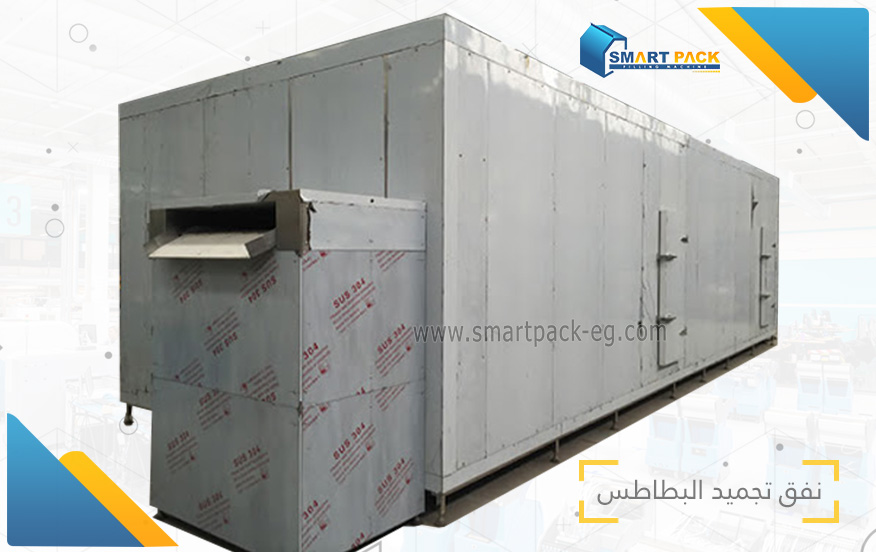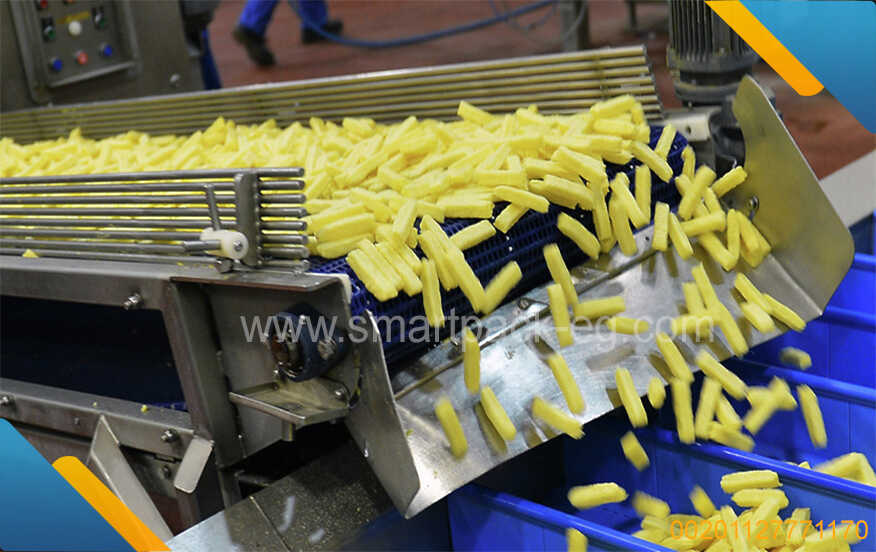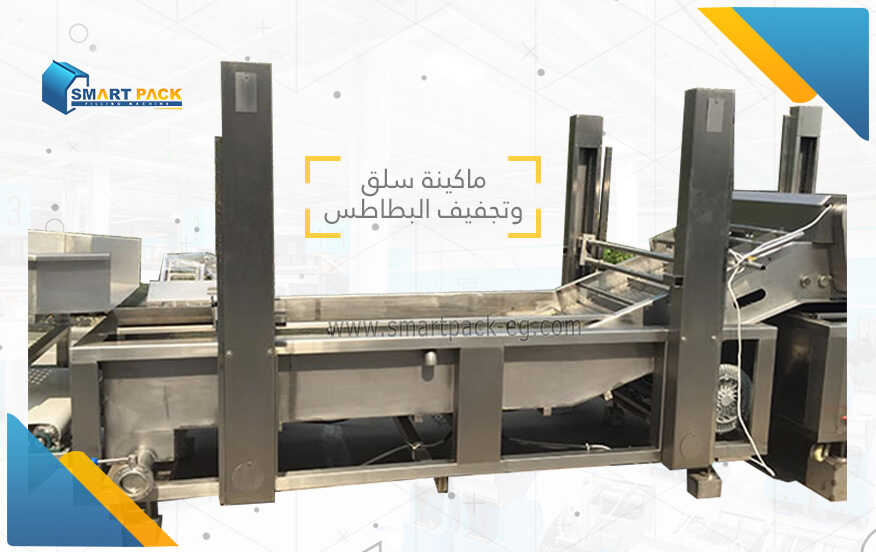How To Guide: Conducting a Feasibility Study for a Packaging and Distribution Project in the Retail Market
Introduction:
A feasibility study is a crucial step when considering a new business venture, such as packaging and distributing beans to stores. It helps you assess the viability of your project, identify potential risks, and make informed decisions before investing time and resources. In this guide, we will outline the key steps involved in conducting a feasibility study for your packaging and distribution project.
Step 1: Defining the Objective
Begin by clearly defining the objective of your feasibility study. Determine what you aim to achieve with your project – whether it is expanding an existing business or starting a new venture. In our case, the objective is to assess the feasibility of packaging and distributing beans to retail stores efficiently and profitably.
Step 2: Market Research
Thorough market research is essential to understanding the demand, competition, and market trends for your product. Gather information about the retail market, consumer preferences, and existing players in the industry. Identify potential target markets, distribution channels, and opportunities for differentiation.
Step 3: Financial Analysis
Conduct a detailed financial analysis to evaluate the profitability and financial viability of your project. This includes estimating initial investment costs, production expenses, pricing strategies, projected sales revenue, and anticipated profits. Consider factors like raw material costs, labor expenses, transportation, packaging materials, and operational costs.
Step 4: Technical Feasibility
Assess the technical feasibility of your packaging and distribution project. Evaluate whether you have the necessary infrastructure, machinery, and resources to perform essential tasks efficiently. Consider factors like storage facilities, packaging equipment, transportation logistics, and quality control processes.
Step 5: Operational Feasibility
Examine the operational aspects of your project. Identify if you have the required human resources with the adequate skills and experience to run the operations smoothly. Consider factors like production capacity, staffing needs, training requirements, and potential risks or challenges associated with the day-to-day operations.
Step 6: Legal and Regulatory Considerations
Ensure compliance with all legal and regulatory obligations related to packaging and distribution in the retail market. Identify the licenses, permits, certifications, and health regulations required for your operations. Consult with legal experts to understand any potential legal hurdles and ensure compliance with intellectual property rights, labeling requirements, and food safety regulations.
Step 7: Risk Assessment
Evaluate the potential risks and challenges associated with your packaging and distribution project. Identify possible obstacles such as market saturation, supply chain disruptions, economic downturns, or changes in consumer preferences. Develop contingency plans to mitigate these risks and safeguard your business.
Step 8: SWOT Analysis
Conduct a SWOT (Strengths, Weaknesses, Opportunities, Threats) analysis to identify key factors that may influence the success of your project. Assess internal strengths and weaknesses within your organization and identify external opportunities and threats in the market. This will help you develop effective strategies to capitalize on strengths and minimize weaknesses.
Step 9: Conclusion and Recommendations
Based on the findings of your feasibility study, analyze the data gathered and draw conclusions. Summarize the key factors that determine the feasibility of your packaging and distribution project. Provide recommendations on whether to proceed, modify the project, or abandon it altogether.
Step 10: Continual Evaluation
Remember that a feasibility study is not a one-time event. Continually evaluate key metrics and market conditions to assess the progress of your project. Regularly update your feasibility study to reflect changes in market dynamics, technology advancements, or industry trends. This will help ensure your business remains viable in an ever-evolving market.
Conclusion:
A feasibility study is a crucial tool for assessing the viability of your packaging and distribution project. By conducting thorough research and analysis, you can make well-informed decisions that increase the chances of success. Remember to update and review your feasibility study periodically to adapt to market changes and ensure the ongoing viability of your business.

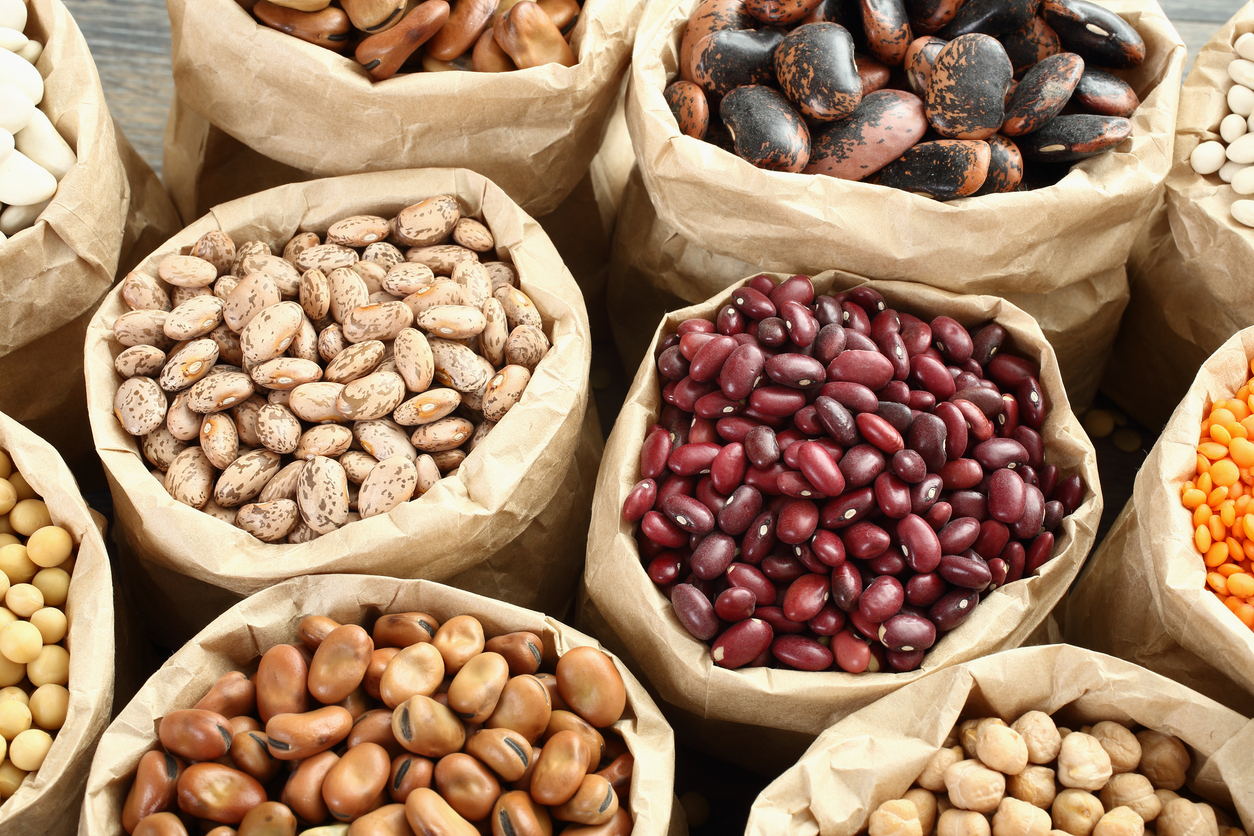

 Admin
Admin 